News 5/14/13
Texas State University selects eClinicalWorks EHR and Patient Portal and the Health & Online Wellness PHR smartphone app for its student health service.
McKesson Specialty Health launches the oncology-specific iKnowMed Generation 2 EHR.
Emdeon announces Q1 results: revenue up 6.9 percent to $305.7 million; adjusted income down 3.1 percent to $76 million.
The number of patient visits to doctors’ offices fell 0.9 percent in 2012, which represents a lower level of decline compared to two years ago. I didn’t have access to the full report, but I am sure there is some correlation between lower utilization rates and the 30 percent jump in annual average out-of-pocket costs for commercially insured consumers under the age of 65 to $1,146.
The average annual net revenue generated last year by primary care physicians on behalf of their affiliated hospitals for referrals, admissions, procedures, and tests was $1.57 million. That compares to $1.43 million generated by specialists. Authors of the Merritt Hawkins-sponsored survey suggest that the nine percent increase in revenues generated by primary care providers since 2010 may be the result of the recent trend toward hospital employment of physicians.
Malo Clinic Center for Ambulatory Surgery (NJ) contracts with PriorityOne Group for IT implementation and integration, including hardware and EHR/PM software procurement and deployment.
Athenahealth completes its $168.5 million purchase of the Arsenal on the Charles complex in Watertown, MA, which includes 29 acres, 11 buildings, and 760,000 square feet of office space.
The AMA board of trustees issues a report that evaluates ICD-11 as an alternative to moving to ICD-10. The conclusion:
Our AMA harbors serious concerns and reservations with the significant burden of the ICD-10 mandate and will continue to convey these points to policymakers in Washington. However, given the even greater complexities and uncertainties with moving directly from ICD-9 to ICD-11, the Board of Trustees believes skipping ICD-10 and moving directly to ICD-11 is fraught with its own pitfalls and therefore, based on current information available, is not recommended.
The AMA, by the way, grew its membership ranks 3.2 percent last year to 224,503, or, about 27 percent of all actively practicing US physicians.
Proposed legislation in Texas would allow licensed healthcare providers to collect or verify patient information with a swipe of a patient’s driver’s license.
As the federal government pushes for EMR adoption, auditors and lawmakers are simultaneously worried that the enhanced billing features in EHRs may be contributing to the increased rate at which physicians bill for higher-level service codes. Between 2002 and 2010, the percentage of Level 4 or Level 5 established patient office visits increased from 25 percent to 41 percent. The HHS Office of Inspector General says the trend reflects better coding education and an increased proportion of Medicare beneficiaries with chronic conditions.
An eight-country survey of physicians finds that 93 percent of US physicians report using an EMR. E-prescribing rates were highest (65 percent) among US providers, as were rates for entering patient notes into EMRs (78 percent.) While the majority of doctors in all countries report EMR and HIE have had a positive impact on their practice, US doctors were the least likely to report that their use reduced organizational costs.
ONC looks at how RECs have helped nurse practitioners and physician assistants with EHR adoption. Some key stats:
- About 50 percent of all primary care NPs and 44 percent of primary care PAs are getting help from a REC
- 80 percent of NPs and PAs enrolled with a REC use an EHR
- REC-enrolled NPs and PAs have received more than $168 million in incentive funds from CMS.
Please join me in welcoming PerfectServe as HIStalk Practice’s newest Platinum sponsor. The company offers the PerfectServe Practice call management process, an automated after-hours call routing process designed around an individual practice’s workflow, call schedule, and contact preferences. When a call comes in from a patient or colleague, PerfectServe responds based on the rules for that moment, assembles the correct call path, and then routes the call appropriately via any specified messaging device or phone. The need for operators to read and interpret instructions for each call is eliminated, as is the potential for human error. Pricing for unlimited after-hours usage starts at $119 per month and the company offers a 30 day risk-free trial. Thanks to PerfectServe for supporting HIStalk Practice as well as HIStalk and HIStalk Connect.

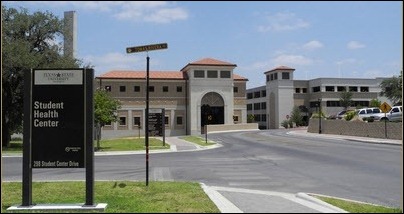
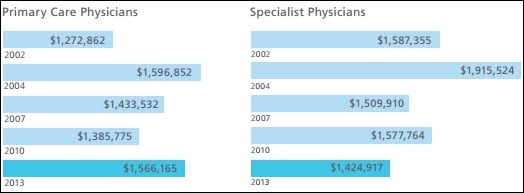

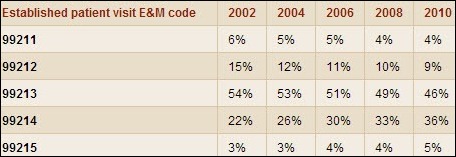
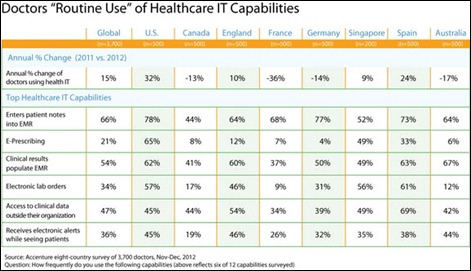
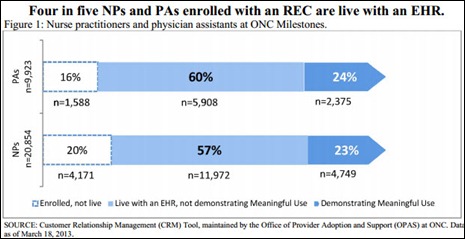
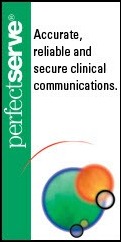

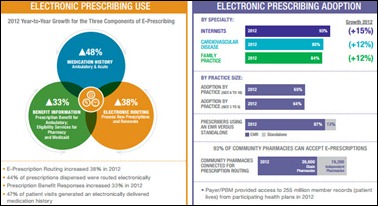
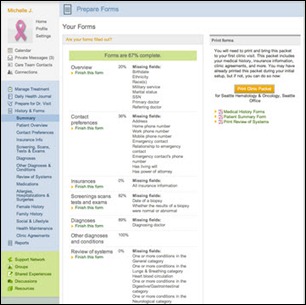

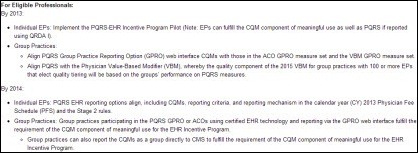
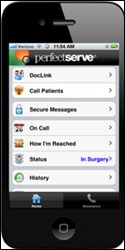


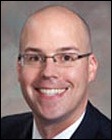
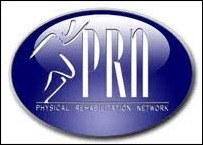

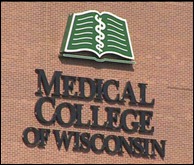

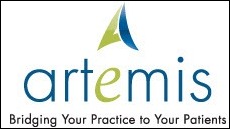
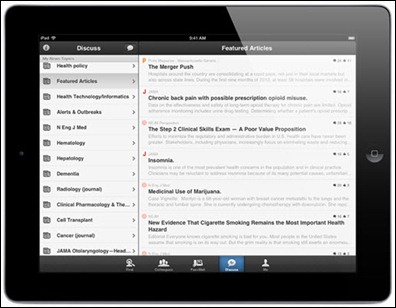




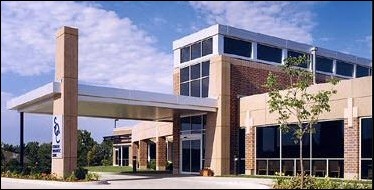
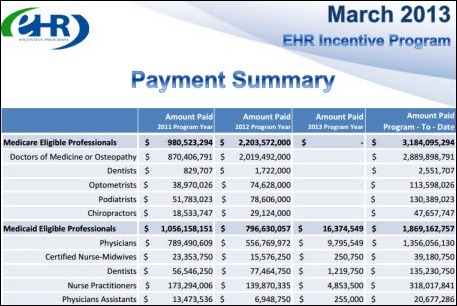
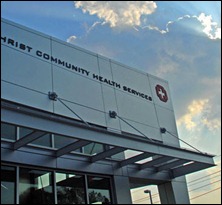
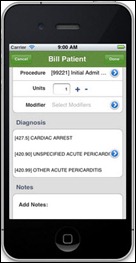
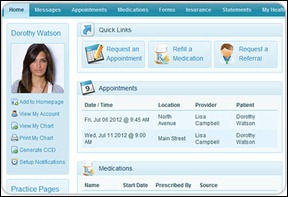
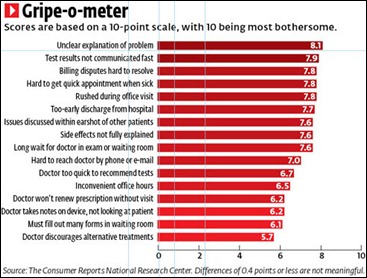


The article about Pediatric Associates in CA has a nugget with a potentially outsized impact: the implication that VFC vaccines…